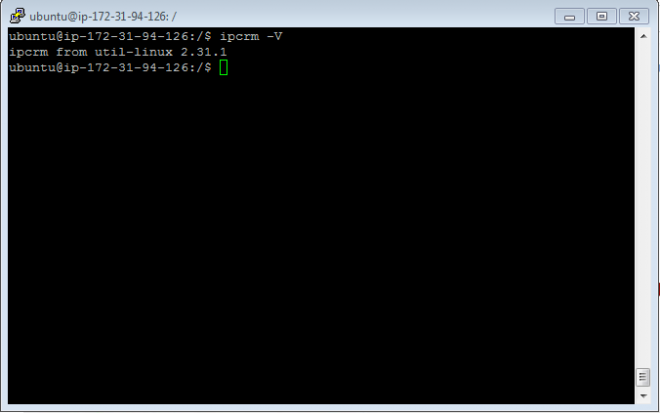ipcrm command in Linux with examples
Last Updated :
08 Apr, 2024
ipcrm command in Linux is used to remove some IPC(Inter-Process Communication) resources. It eliminates the IPC objects and their associated data structure form the system. One must be a creator or superuser or the owner of the object in order to remove these objects. There are three types of System V IPC objects i.e. semaphores,shared memory, and message queues.
Note:
When all the currently attached processes will remove the object from their virtual address space then only shared memory object can be removed.
Syntax:
ipcrm [options]
or
ipcrm {shm|msg|sem} id...
Options:
- -a, –all [shm] [msg] [sem] : Remove all resources. When an option argument is provided, the removal is performed only for the specified resource types.
- -M, –shmem-key shmkey : Remove the shared memory segment created with shmkey after the last detach is performed.
- -m, –shmem-id shmid : Remove the shared memory segment identified by shmid after the last detach is performed.
- -Q, –queue-key msgkey : Remove the message queue created with msgkey.
- -q, –queue-id msgid : Remove the message queue identified by msgid.
- -S, –semaphore-key semkey : Remove the semaphore created with semkey.
- -s, –semaphore-id semid : Remove the semaphore identified by semid.
- -V, –version : Display version information and exit.

- -h, –help : Display help text and exit.

Like Article
Suggest improvement
Share your thoughts in the comments
Please Login to comment...